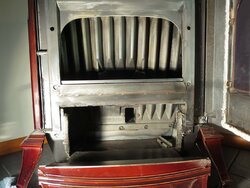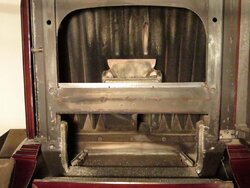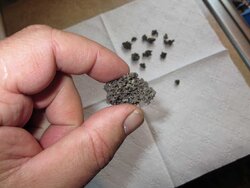Went through a bag yesterday, damp and cold all day/night. Burned some Okies last season but never had clinkers. This years batch appears to be different. The Geneva would make turd looking clinkers once in a while but touch them and they fell apart. These clinkers are hard and takes a little force to crush them.
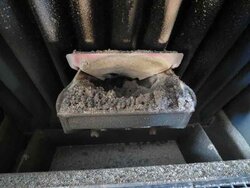
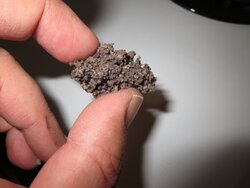


Last edited:





 ME made a boo boo! Whoopsie! I'd do a lil more homework fur I open my yap again!
ME made a boo boo! Whoopsie! I'd do a lil more homework fur I open my yap again!